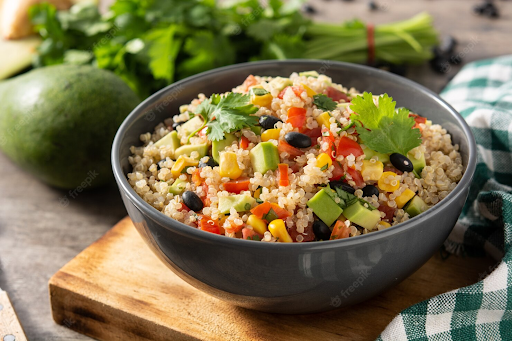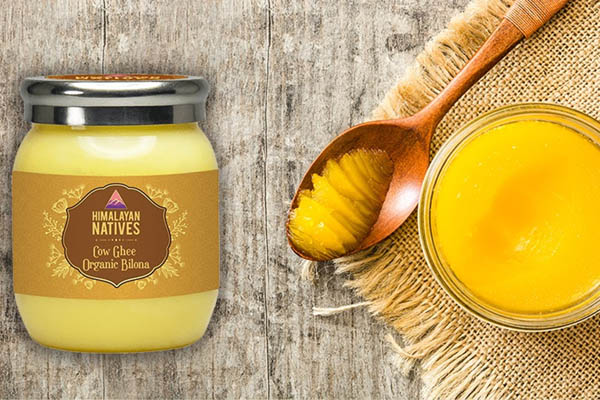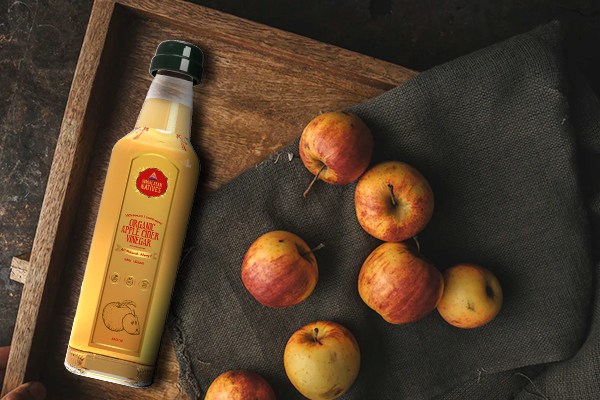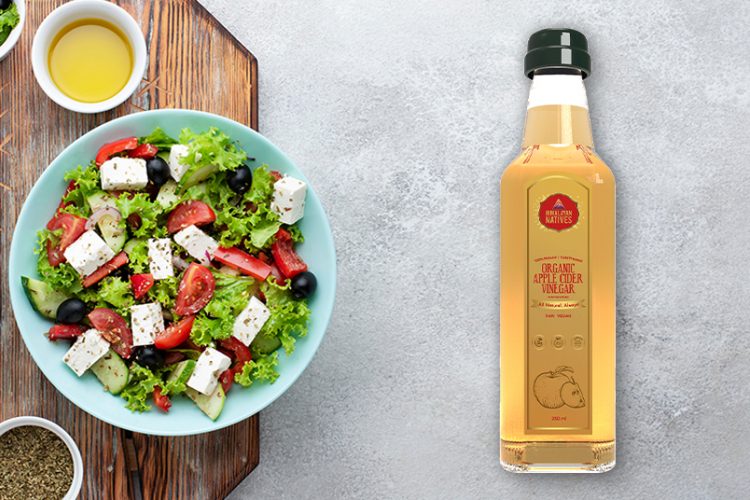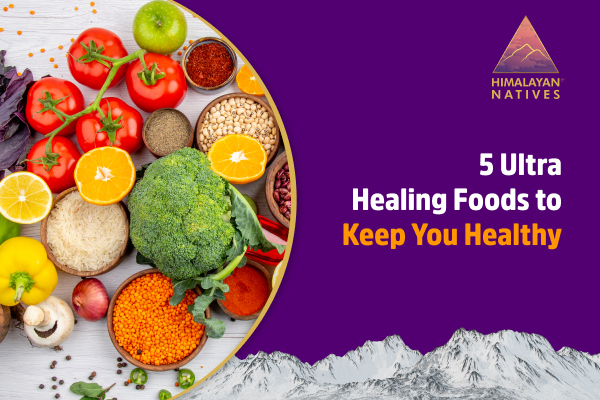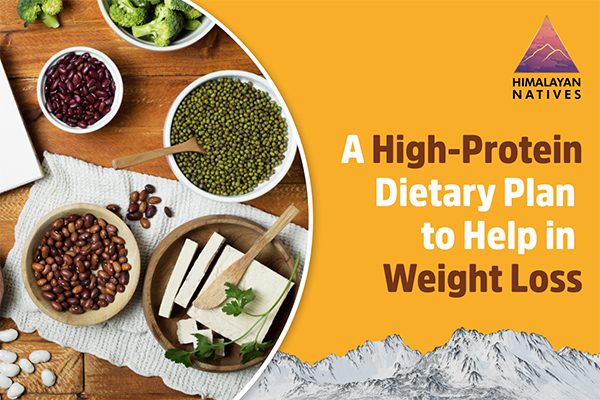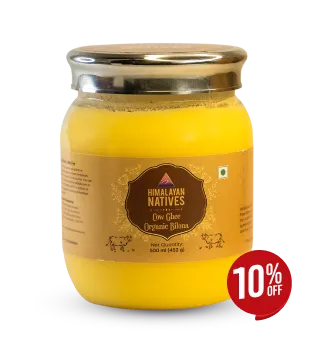
This world has taken a U-turn into a healthy era. Everyone has started to focus on themselves a little more than they were. It definitely makes us happier watching everyone be a little more conscious about their lifestyle, food habits, and mental stability. For a long time, people were risking all these just to either fit into society or because of their laziness to cook meals.
All of us are looking for options that are highly beneficial to the body, don’t consume a lot of our time to cook, and don’t make holes in our pockets. This is where Quinoa was discovered and it swooped everyone off their previous diet plans.
Its versatility has made all diet coaches and health conscious people include quinoa as a major part of their diet plans. After talking in abundance about its positive aspects, let's look at Quinoa recipes, its history, benefits, and the ways to use it.
Quinoa History & Origin
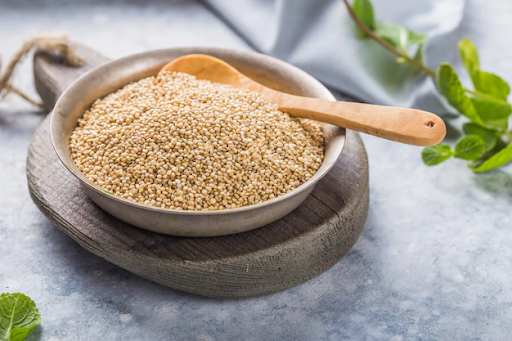
Quinoa, pronounced as Keen-va, is an edible seed that was ignored for the longest time by the world.
Although used as a grain, Quinoa is not a grain but it is widely referred to as pseudo grain as the nutritional value is the same as any other grain. It comes in various colours such as black, yellow, red, and white.
It was originally grown in the Andes, more than 6000 years ago.
Today it is largely produced in Peru, Bolivia, and Ecuador. Quinoa is also being grown highly in Kenya, India, and the United States, and it continues to grow famously as a healthy food option in North America, Europe, Australia, and Japan. Quinoa has the quality of being adapted to different environments in different parts of the world which is why it has the potential to cut down the need for the consumption of other whole grains.
Because of its high nutritional value and good health benefits, its discovery spread like wildfire. In fact, the UN named the year 2013 “The International Year Of Quinoa”
Nutritional Quotient in Quinoa

It is highly packed with nutrients that are essential for our human body. It is high in minerals such as protein, fibre, and healthy fats more than any other grain. Just one cup (180 gms) of quinoa provides the following minerals:
Calories: 222
Protein: 8 grams
Fat: 3.55 grams
Carbohydrates: 39 grams
Fiber: 5 grams
Folate: 19% of the daily value (DV)
Vitamin B6: 13% of the DV
Vitamin E: 8% of the DV
Copper: 39% of the DV
Iron: 15% of the DV
Zinc: 18% of the DV
Manganese: 51% of the DV
Magnesium: 28% of the DV
Potassium: 7% of the DV
One cup serving contains 200 calories, 8 gms of protein, 5 gms of fibre, and 4 gms of fat. Unlike some other grains, quinoa is known to be the best and most complete protein because it has all the 9 amino acids, which are needed by the body but the body itself is unable to develop.
It goes without saying, from any normal quinoa, a Premium Quality Quinoa Seed is always going to be better.
Health Benefits of Quinoa
High in fibre: One cup of Quinoa contains 5.17 gms of fibre which is higher than brown rice as well. Adding such high fibre edibles to your diet can help in a good digestive system, regulate timely bowel movements, and produces good bacteria in your gut.
Gluten free: People who are allergic to gluten, also need to eliminate celiac and non-celiac edibles from their diet. Quinoa is naturally gluten free which makes it a great healthy option for everyone and especially for gluten intolerant people.
Power packed with protein: Quinoa benefits in many ways one of which is that, unlike any other grain, it is the best protein source as it contains all the essential 9 amino acids which are body is unable to produce on its own.
May help in making metabolism better: In a study, it depicted that people who ate quinoa, had a better reduction in LDL (bad cholesterol) than the people who ate wheat. Additional case studies show that it also helps in weight reduction, regulates blood sugar levels, etc.
Helps in weight loss: It has become a popular diet option for weight watchers and diet coaches. As a single bowl of quinoa contains only 220 cl and keeps you full for a longer period of time. This is why it is a great option to replace heavy meal options.
Contains compounds of plants: Quinoa contains an abundance of Flavonoids. Flavonoids help in the prevention of diseases such as osteoporosis, heart disease, and cancer. There are major 2 Flavonoids found in this pseudo-grain, Quercetin and Kaempferol. These are known to be anti-depressants and anti-inflammatory which keeps us healthy.
Improves the health of the skin: Quinoa contains lysine, which helps repair sun damage and pollution exposure. Vitamin B in quinoa reduces dark spots and other pigmentation problems.
Seeds in general have a lot of benefits. Besides, Quinoa, you can also check our other Himalayan Natives Seeds collection.
Quinoa Recipes
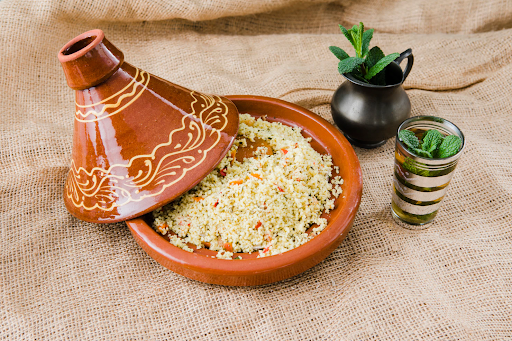
The basic preparation:
Take a bowl of quinoa (180 gms) and wash it thoroughly using a strainer
Take double water (260 ml) and put it to heat
Add the rinsed quinoa once the water starts to boil
After 15-18 minutes, check if the quinoa has absorbed the water
Your quinoa should now look spongy and ready to eat.
Quinoa can be enjoyed with the basic preparation as above but you can always experiment with delicious mouth-watering recipes as well. Let’s have a look at some of the quinoa recipes:
Quinoa Pulao: Watch our Instagram Post to know the full recipe of this amazing quinoa recipe.
Quinoa for breakfast:
Add 1 cup milk and 1 cup water and put them to boiling
Meanwhile just toast 1 cup of quinoa in a pan, so that it loses bitterness.
Add it to the boiling milk and water, and cook for 2 minutes.
Serve it in a bowl. You can garnish with fresh seasonal fruits, dry fruits, and nuts for a flavourful taste.
Quinoa Upma:
Rinse ½ cup of quinoa thoroughly.
Heat 1.5 tsp of cow ghee in a pan and add ½ tsp of mustard seeds and cumin seeds.
Then add ½ tsp of moong and urad dal and stir in low flame
Add ½ ginger, 1 dry red chilli, and ½ chopped green chilli
Then add ½ chopped onions and 7-8 curry leaves.
Saute till onions become golden brown and then add veggies of your choice
Saute for 2 minutes and then add quinoa and saute again.
Add 1 cup water and salt as per taste
Keep stirring it every 2 minutes so it does not stick to the pan.
Put the lid on and cook for 2 mins till all the water is absorbed.
You can now garnish with cilantro and your quinoa upma is ready.
Note: Just like Quinoa seeds, chia seeds are a great option for your health too. Read our blog Chia Seeds Uses and Benefits to know more about it.
We hope you enjoyed the A-Z about the pseudo-grain or pseudo seed, quinoa. It is enriched with vital minerals that are needed by our body to fight diseases, and maintain a healthy digestive system, clear skin, and a happy heart.
We are all leading a life where a healthy body has taken a backseat and work and social life have become priorities. But we forget that only a healthy mind and body can keep us working and living in the longer run.
Visit our website Himalayan Natives, if you are looking to lead a healthy lifestyle. We believe in 100% natural food products, unprocessed, with no preservatives.
 HELPFUL0 people found it helpful
HELPFUL0 people found it helpful
Related Blogs
Subscribe to Our Blogs
and never miss on the latest update!







